
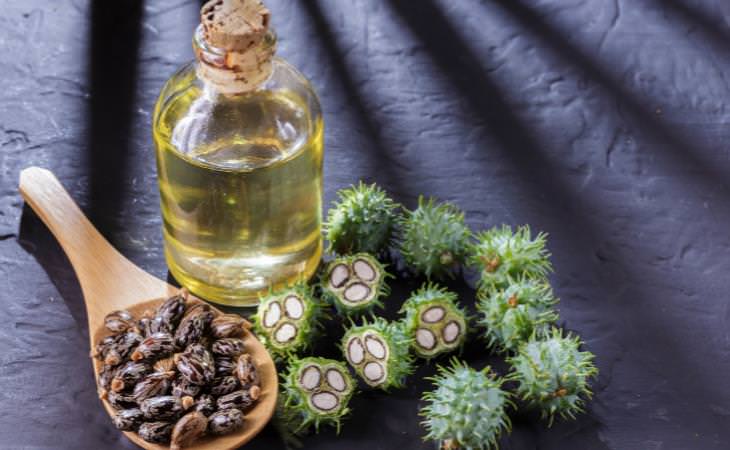
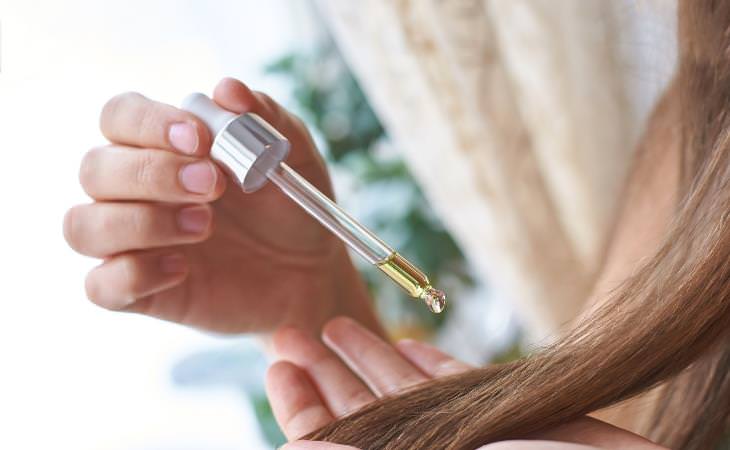

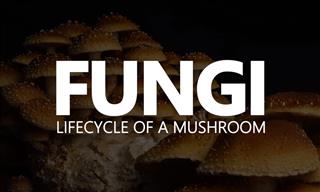 3:07
3:07
Spore to Fungi: The Lifecycle of Mushrooms in Fast-Forward
Enjoy this look into one of nature's most incredible shows: the lifecycle of the mushroom in time-lapse over 2 years.

Learn About 12 Popular Spices in Their Natural Form
We've gathered 12 very common spices and included photos showing them as plants blooming in nature.

Read This Poem to Your Loved Ones Out in Nature
Let this poem inspire you to go out into nature even when the weather turns colder, as being one with nature is medicine for all illnesses.

INTERACTIVE: Click on the Flower to See Its Full Beauty
These interactive photos of flowers will allow you to see them in video with a click.

Should You Change Shampoos For Silvering Hair?
Are you making the transition to silver, shiny locks? Learn how to keep your silvering hair as beautiful as ever with these tips!
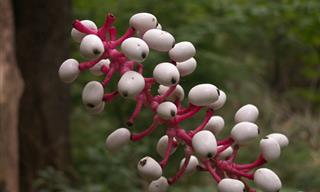
This Plant's Sting Lasts YEARS After the Initial Impact
In this article, we will share six of mother nature’s plants you literally wouldn’t want to run into ever in your life.
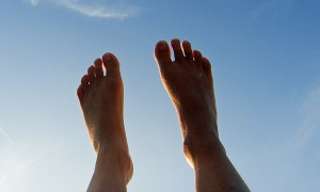
Ingrown Toenails – Myths, Facts, and How to Treat Them
Having an ingrown toenail can be an annoyance at best, and a dangerous medical condition at worst. Learn how to treat and prevent it.
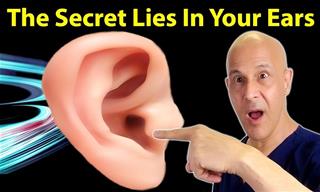 8:03
8:03
The 30-Second Ear Trick That Calms Your Nervous System
This quick ear exercise stimulates the vagus nerve, which plays a key role in relaxation and healing.
 1:22
1:22
WATCH: What Do Your Fingernails Say About Your Health?
Your fingernails can say a whole lot about your health, and this video will show you why you should pay more attention to them in the event of abnormalities.

10 Daily Habits that Contribute to Your Lower Back Pain
Here are 10 daily activities that might be causing your back pain and that you should be aware of in order to stop them.
 8:26
8:26
Wake Up with Better Posture—Simple Sleep Tips
Correct your hunchback posture while you sleep with these easy tips.
 13:59
13:59
Why Your Blood Pressure Numbers Might Be Inaccurate
These simple mistakes can lead to wrong blood pressure numbers.
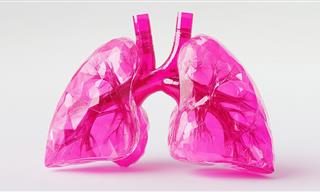
12 Things that Harm Your Lungs as Much as Smoking
To protect your lungs, it is recommended to familiarize yourself with 12 factors that harm them and learn how to protect yourself.
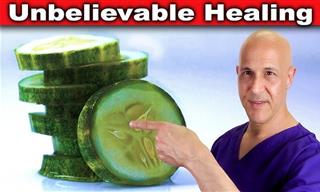 5:22
5:22
Why Cucumbers are a Hidden Secret for Better Health
The humble cucumber can transform your health in ways you might not expect.
 14:18
14:18
Learn Three Vagus Nerve Exercises for Anxiety Relief
In this video, you'll be shown three exercises of the vagus nerve to help mitigate anxiety and promote peacefulness.
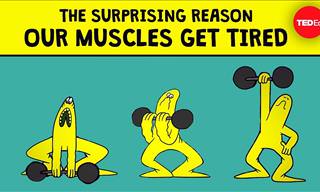 4:25
4:25
VIDEO: Have You Ever Wondered Why Muscles Get Tired?
A video explaining the mechanism behind muscle exertion
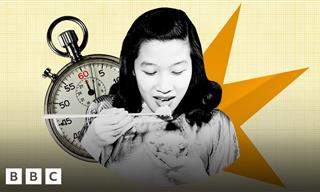 2:14
2:14
Why Eating Slowly Could Change the Way You Feel Every Day
Eating at a slower pace can be highly beneficial for your health in more ways than one.
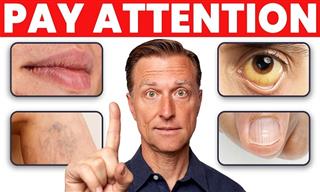 9:57
9:57
11 Warning Signs of a Nutrient or Vitamin Deficiency
You might not be getting enough nutrients, and you don't even know it. Watch out for these signs!
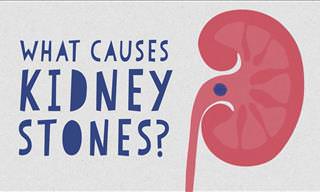 5:15
5:15
Discover What Really Causes Kidney Stones In This Video
Kidney stones can be an incredibly painful affliction, often leading to surgery in order for them to be removed from the body. Find out what causes them here.
 11:12
11:12
The Best Exercises to Stop Your Slouch
You don’t need to live with your slouch as you age. There are some easy fixes for it.
 2:12
2:12
No Gym Needed! Easy Door Exercise for Stronger Knees
These door exercises help seniors with knee pain.
 9:21
9:21
Is Organic Food As Healthy and Nutritious As Advertised?
Are organic foods really as healthy and sustainable as advertised, or is it just another advertising campaign? Find out from this video right now.

Study: Can Our Sense of Time Heal Us Faster?
A recent groundbreaking study delves into how our perception of time can significantly impact the physical process of healing.
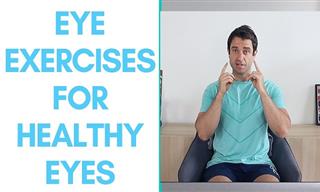 9:24
9:24
Boost Your Eye Health with These Simple Exercises
These simple techniques can help keep your eyes feeling fresh.
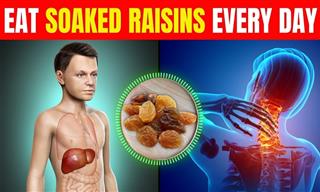 8:56
8:56
Start Soaking Raisins! Here’s Why It’s Worth It
Start your day with soaked raisins for multiple health benefits.
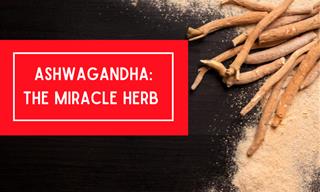
This AMAZING Herb Helps Reduce Stress and Anxiety
Ashwagandha is touted as a miracle herb and has many great health benefits. But is it really true?
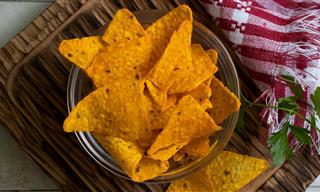 11:13
11:13
Watch Out! These Organic Snacks Aren’t Good for You
These organic snacks aren't exactly healthy.
 14:53
14:53
Senior Fitness Hack: Effortless Stair Climbing Routine
Climb stairs easily by following these simple exercises.
 7:21
7:21
Can Aging Be Cured in Your Lifetime? It May Be So...
Could there be a cure for aging? Watch this video and find out!

The Whole Truth About GLP-1 Drugs for Heart and Brain
GLP-1 medications, widely prescribed for weight loss, show promise in improving brain and heart health, but may pose risks to the kidneys, pancreas, and gastrointestinal (GI) system.
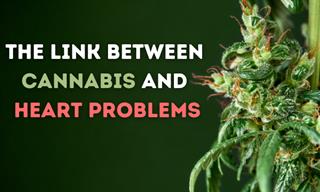
How Smoking Cannabis Can Affect the Heart
This article explores the current understanding of how cannabis impacts heart health, backed by recent studies.
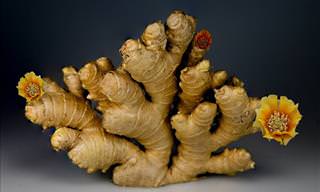 5:37
5:37
I Never Knew Ginger Could Help Me Lose So Much Weight...
If you are obese or suffer from fatty liver disease, then you really need to start consuming more ginger on a regular basis. Here's why...
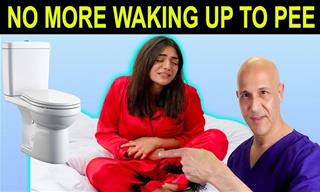 4:13
4:13
The Mineral That Could Solve Nighttime Bathroom Trips
Discover how this mineral could transform your sleep.
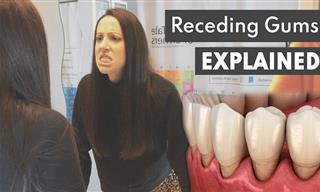 6:31
6:31
7 Easy Ways to Reverse Receding Gums Naturally
Worried about your receding gums? These useful tips will help…
 4:01
4:01
The SURPRISING Health Benefits of Chia Seeds
Here’s why you should add chia seeds to your daily diet.
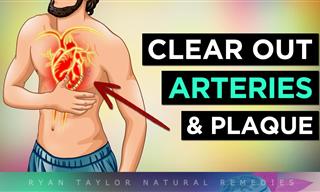 11:53
11:53
The 6 Best Artery-Cleansing Vitamins and Supplements
These vitamins and supplements will help keep your arteries clean.
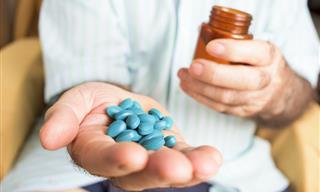
New Study: Does Viagra Protect Against Alzheimer's?
This 2024 study finds fascinating evidence linking sildenafil to the prevention of Alzheimer's disease
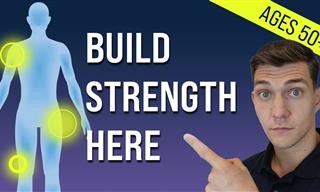 16:40
16:40
Over 50? These 7 Key Muscles Keep You Moving & Strong
If you are over 50, you must watch this video for your health...

What You Should Drink After a Meal for Better Digestion
What should we drink after a meal for better digestion?
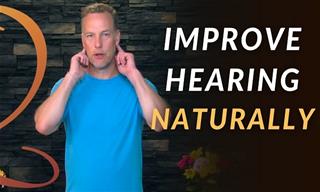 7:55
7:55
Natural Methods to Improve Hearing That Actually Work
Now you can improve your hearing at home with these natural methods.
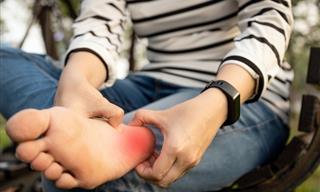
13 Most Common Foot Issues We Suffer as We Get Older
Exploring the intricate landscape of aging, one often encounters the paradox of weight gain juxtaposed with the loss of vital cushioning in unexpected places, notably the feet.
 4:42
4:42
De-Stress Your Brain in 30 Seconds With These Simple Tips
A doctor shows a useful and simple technique with the help of which you can achieve instant relaxation. Find out more...

Studies Show: How Work Can Shorten Our Lifespan
You are invited to learn about these studies and discover how many working hours could actually endanger your life.
 4:30
4:30
Science Lesson: What Role Do Genetics Play in Obesity?
Nature or Nurture? Who is more at fault when it comes to obesity?
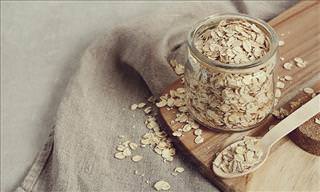 4:34
4:34
Can Oatmeal Reduce Coronary Heart Disease Progression?
Everyone knows that oatmeal is healthy, but it's a lot healthier than you might think! It might actually reduce the progression of coronary heart disease.
 16:03
16:03
Anxiety and Grief Can Cause Profound Cardiac Injury
‘A broken heart’ is one expression we might want to take more literally. As thoroughly explained in this incredibly insightful lecture, the effects of heartbreak, as well as other emotions, both positive and negative, all leave a very real, physical
 10:55
10:55
Want Strong Bones? Start These Exercises Today
Follow these expert-recommended workouts for healthy bones.
To enable your Ad-Free Subscription, please fill the fields below
Your subscription was successful, now you can enjoy an ad-free experience!!
Note: To make sure you get no ads, please make sure to log in to your account. If you are logged in already, then refresh the page. The subscription can be cancelled at any time.


